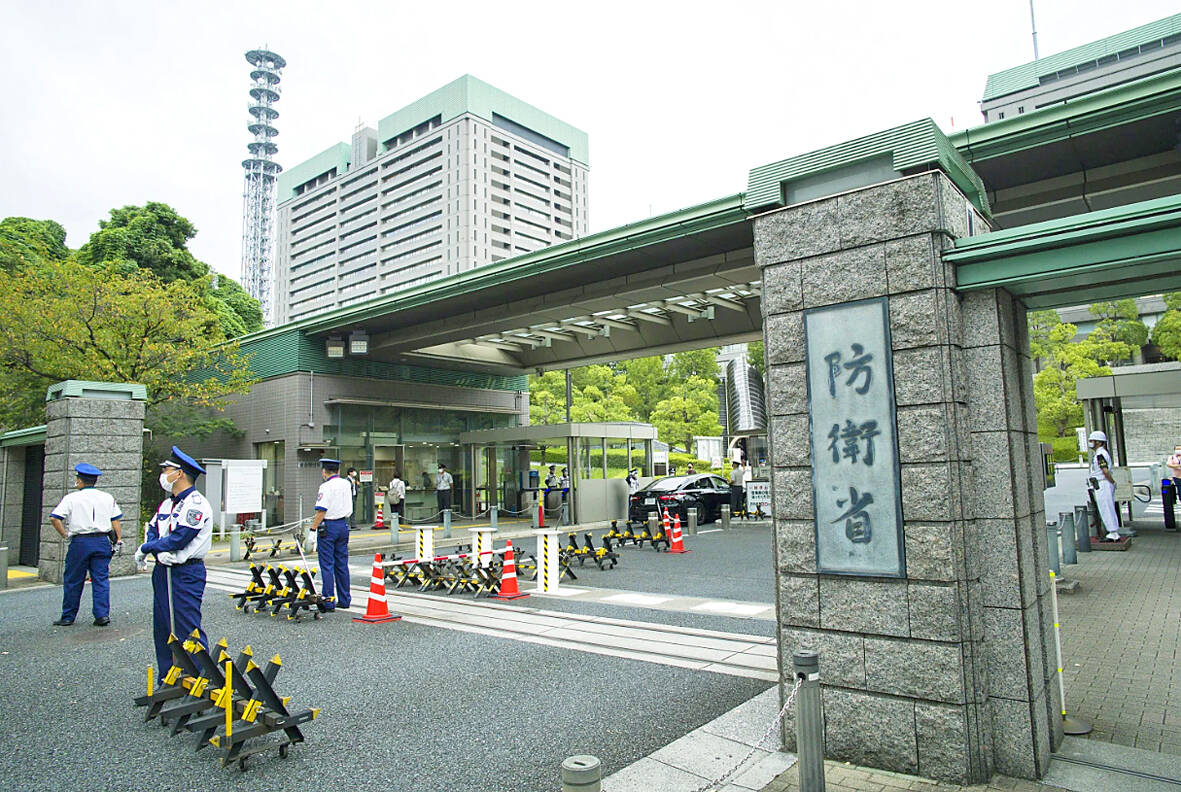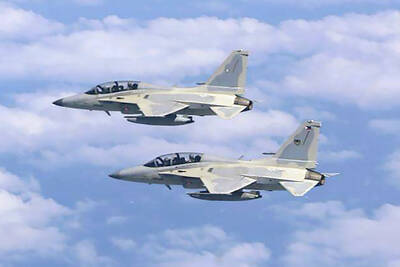The Japanese Ministry of Defense is requesting a nearly 12 percent budget increase that includes two warships with advanced radar and long-range cruise missiles as it further fortifies the nation’s military in the face of North Korean threats and Chinese military advancement.
The record ¥7.7 trillion (US$52.8 billion) request for the 2024 fiscal year marks the second year of a rapid five-year military buildup under a new security strategy Japanese Prime Minister Fumio Kishida’s government adopted in December last year. It focuses on reinforcing strike capability in a break from Japan’s post-war principle of having a military only for self-defense.
Under the five-year plan, Japan plans to spend ¥43 trillion through 2027 to nearly double its annual spending to about ¥10 trillion, making it the world’s third-biggest spender after the US and China. How to finance and justify the growing military spending is uncertain in a country with steeply declining births and increasing costs of caring for its aged population.

Photo: AP
The budget request was approved at the defense ministry’s meeting yesterday and submitted to the Ministry of Finance for negotiations.
The request includes a hefty ¥490 billion to start building two Aegis-radar equipped warships that would be deployed in 2027 and 2028, as well as for training, testing and other costs related to the ships.
The warships, each carrying 240 crew members, would be designed to fire long-range cruise missiles, including US-made Tomahawks and a modified version of the domestically made Type-12 surface-to-ship missile, planned for deployment in 2032 to serve as something of a floating missile base.
The warships would have SPY-7 radar that could locate harder-to-detect missile launches, including those on a high-arch trajectory. North Korea has often test-fired missiles at a high angle to avoid neighboring countries. Japan earlier had ordered the SPY-7 for land use, but was forced to scrap the plan due to safety concerns in the regions that would host them.
Japan is spending ¥321 billion this year to buy 400 Tomahawks for deployment in 2026-2027 and is retrofitting existing destroyers to carry them.
In the 2024 budget request, the defense ministry is seeking ¥755 billion to develop and acquire “standoff” capability to strike distant targets, especially for the defense of Japan’s southwestern islands, the area feared to become the front line in case of a Taiwan emergency. The ministry requested about ¥80 billion for the development and production of hypersonic guided missiles.
For overall missile defense, the ministry is requesting ¥1.27 trillion for spending that includes the Aegis-equipped warships. The ministry is also seeking ¥75 billion for joint development of glide-phase interceptors with the US to be deployed around 2030 to counter hypersonic missiles being developed by China, North Korea and Russia.
The Japanese government is preparing to ease its arms transfer policy, which currently bans export of lethal weapons, to allow some of them. Due to the need for developing and producing defense equipment at home, the ministry is seeking to strengthen Japan’s feeble defense industry and is adding 540 new staff for equipment development.
The government also hopes the ongoing joint development of the Mitsubishi Heavy Industry next-generation fighter jet with the UK and Italy, for which the ministry is requesting ¥72 billion, would help the Japanese defense industry’s growth.
To step up Japan’s rapid deployment and transportation capability in the southwestern region, the ministry plans to establish a new sea transport unit combining ground, maritime and air forces and to be based in Kure, in Yamaguchi Prefecture, in 2025 and purchase three transport ships and a fleet of 17 Boeing Chinooks.

OPTIMISTIC: A Philippine Air Force spokeswoman said the military believed the crew were safe and were hopeful that they and the jet would be recovered A Philippine Air Force FA-50 jet and its two-person crew are missing after flying in support of ground forces fighting communist rebels in the southern Mindanao region, a military official said yesterday. Philippine Air Force spokeswoman Colonel Consuelo Castillo said the jet was flying “over land” on the way to its target area when it went missing during a “tactical night operation in support of our ground troops.” While she declined to provide mission specifics, Philippine Army spokesman Colonel Louie Dema-ala confirmed that the missing FA-50 was part of a squadron sent “to provide air support” to troops fighting communist rebels in

ECONOMIC DISTORTION? The US commerce secretary’s remarks echoed Elon Musk’s arguments that spending by the government does not create value for the economy US Secretary of Commerce Howard Lutnick on Sunday said that government spending could be separated from GDP reports, in response to questions about whether the spending cuts pushed by Elon Musk’s Department of Government Efficiency could possibly cause an economic downturn. “You know that governments historically have messed with GDP,” Lutnick said on Fox News Channel’s Sunday Morning Futures. “They count government spending as part of GDP. So I’m going to separate those two and make it transparent.” Doing so could potentially complicate or distort a fundamental measure of the US economy’s health. Government spending is traditionally included in the GDP because

Two daughters of an Argentine mountaineer who died on an icy peak 40 years ago have retrieved his backpack from the spot — finding camera film inside that allowed them a glimpse of some of his final experiences. Guillermo Vieiro was 44 when he died in 1985 — as did his climbing partner — while descending Argentina’s Tupungato lava dome, one of the highest peaks in the Americas. Last year, his backpack was spotted on a slope by mountaineer Gabriela Cavallaro, who examined it and contacted Vieiro’s daughters Guadalupe, 40, and Azul, 44. Last month, the three set out with four other guides

Sri Lanka’s fragile economic recovery could be hampered by threatened trade union strikes over reduced benefits for government employees in this year’s budget, the IMF said yesterday. Sri Lankan President Anura Kumara Dissanayake’s maiden budget raised public sector salaries, but also made deep cuts to longstanding perks in a continuing effort to repair the island nation’s tattered finances. Sri Lanka’s main doctors’ union is considering a strike from today to protest against cuts to their allowances, while teachers are also considering stoppages. IMF senior mission chief for Sri Lanka Peter Breuer said the budget was the “last big push” for the country’s austerity